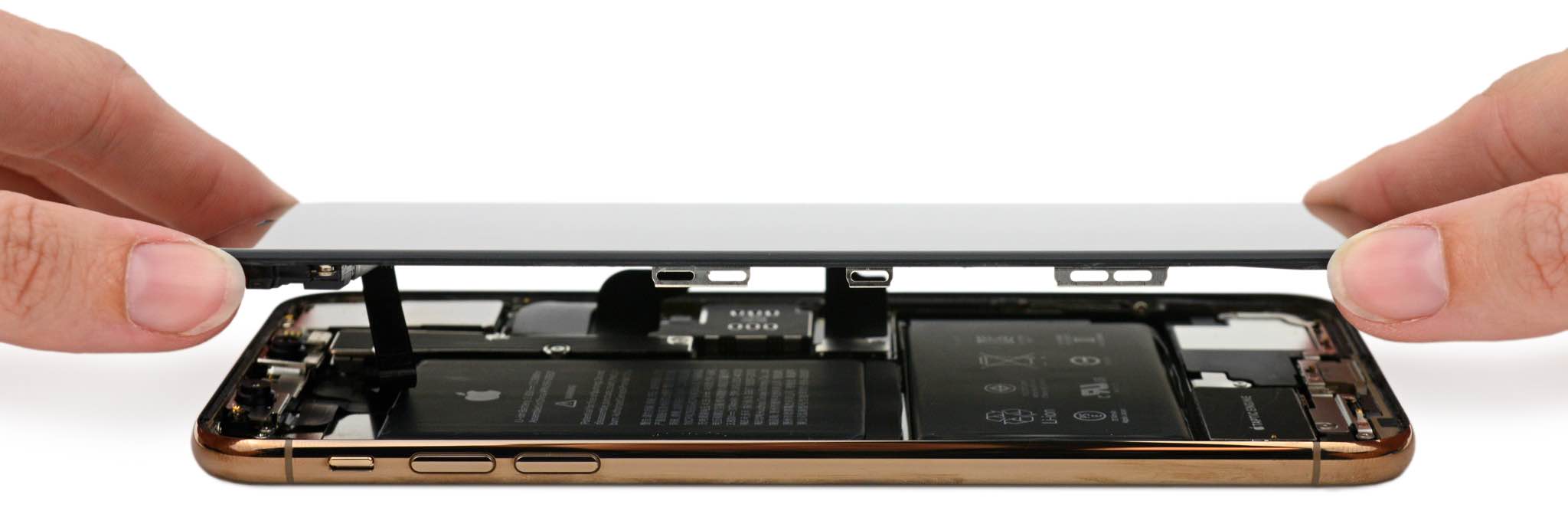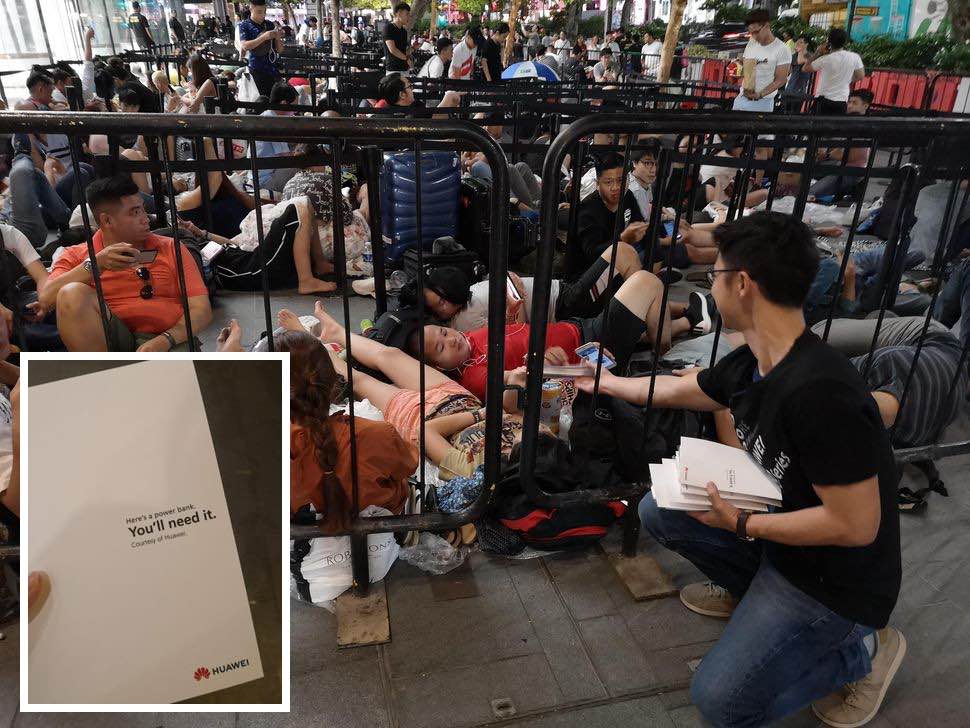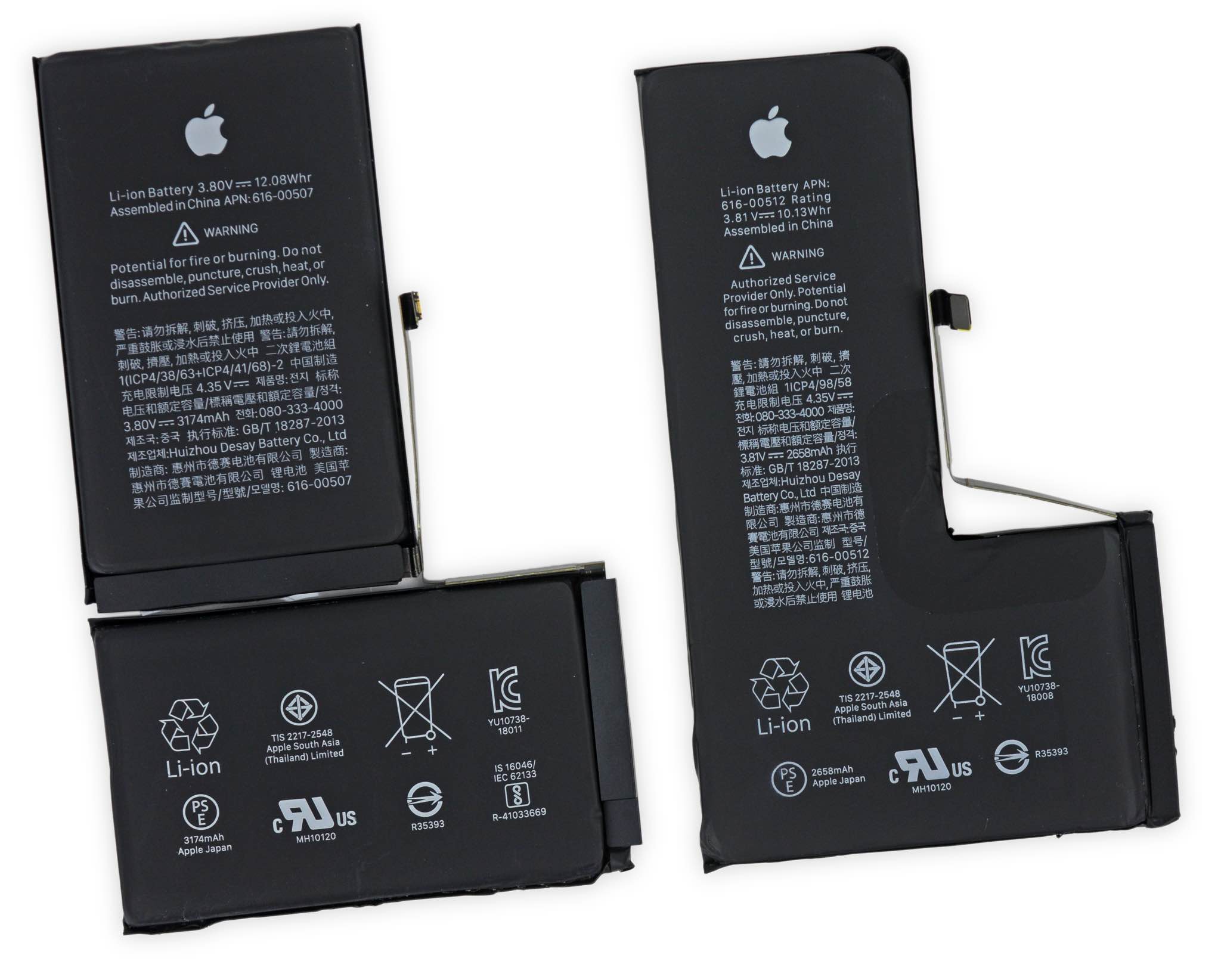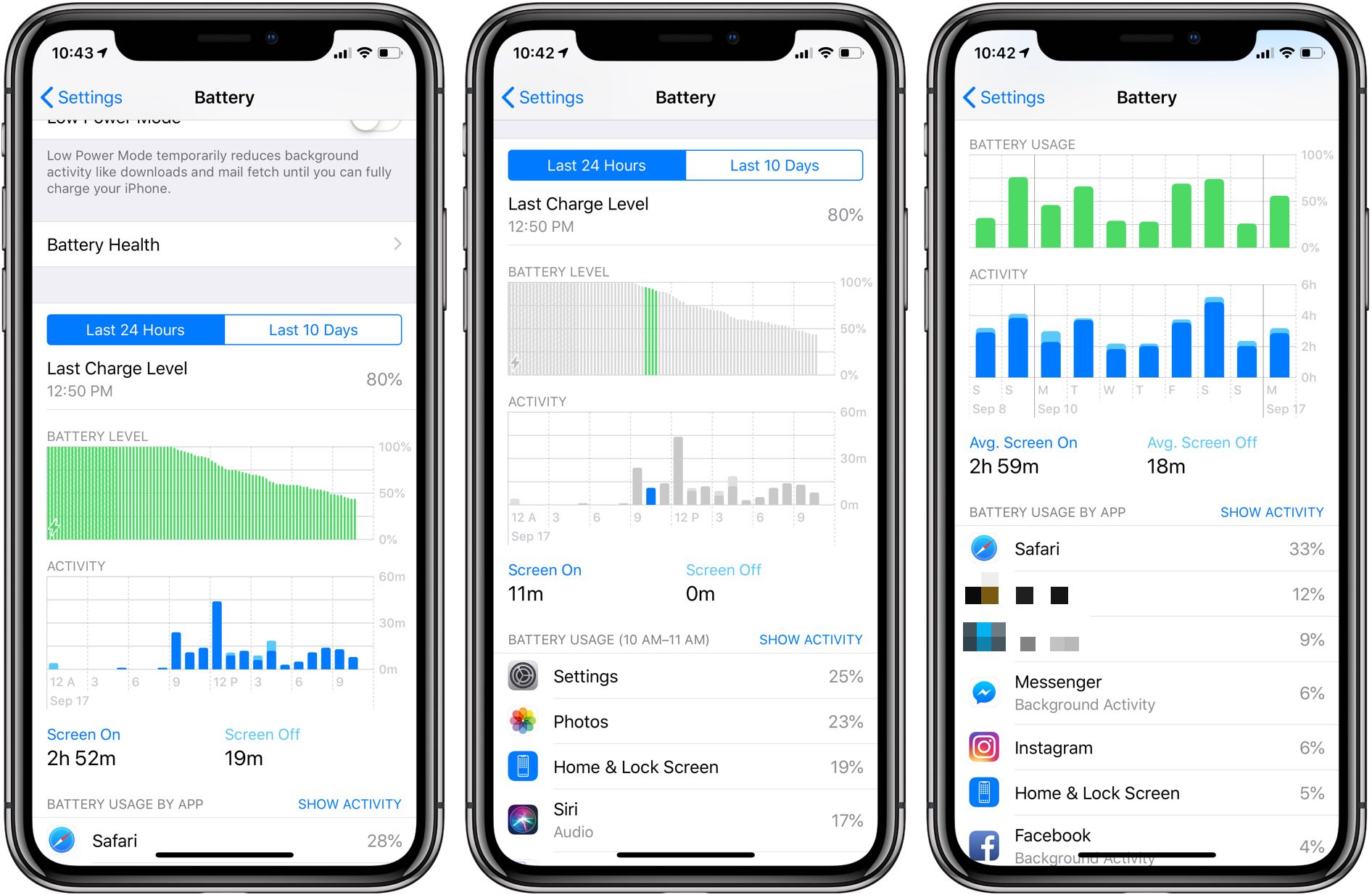
The new iPhone XS sports some creative battery geometry, but that won’t change the fact that the Apple smartphone continues to be perceived as having a weaker battery than comparable Android handsets. This may come as a surprise given Apple designs its own chips and optimizes the hardware and software for battery consumption. What exactly is going on here?
iDownloadBlog cuts to the chase.
Before you immediately proceed to slam yours truly in the comment section, let’s first establish as a fact that top Android phones have longer-lasting batteries than flagship iPhones, shall we? We know this is true not just from our experience, but also because Apple shies away from mentioning battery life in iPhone advertising.
If iPhone were really better than Android in terms of battery life, Apple would have surely spent millions of dollars to shove ads down our throats that told us all about it, but they didn’t. So, why exactly do the best Android handsets outlast flagship iPhones models?
Two words: size matters.
Size matters…
Android manufacturers have traditionally used much larger screen sizes than Apple has. iPhones used to be stuck at four inches for far too long, even during a critical time when most Android handset came with screens measuring around six inches diagonally or more.
A bigger display needs a larger chassis.

The more voluminous housing, the more room inside for parts like the battery.
Therefore, an argument could be constructed that Android manufacturers have traditionally resorted to building larger phones primarily as an excuse to put in a more capacious battery in order to counter the fact that the Android software used to be a power hog.
5 things iOS can learn from Android
I say “used to be” because Android nowadays has far better battery management than iOS and doesn’t drop frames scandalously like iOS on Plus-sized devices does all the time.
…but software matters even more
If you think I’m full of it, I’m not. Quite the contrary, I’m still the biggest Apple cheerleader the blogging community has ever seen. But I’m realistic, as well. As someone who has used a bunch of flagship Androids to date, I certainly speak from my own experience.

“Here’s a power bank. You’ll need it. Courtesy of Huawei.”
If you think I’m wrong, then why the heck has Huawei earlier today given away two-hundred 10,000mAh power banks to iPhone XS line waiters? No matter how you look at it, iPhones continue to be perceived in the court of public opinion as having poorer batteries.
If that weren’t the case, Huawei’s marketing stunt wouldn’t make sense like it does.
I’m not saying Apple’s iconic smartphone is the joke of the industry when ti comes to battery performance, but competitors certainly waste no opportunity to exploit this perceived weakness. As an example, Samsung ran the following ad in 2015 when Apple released the four-inch iPhone 5s and Androids were around six inches.
Bottom line: Android smartphones generally feature a longer battery life than iPhone simply because they’re larger, pack in stronger batteries and feature a much richer set of features designed for identifying battery hogs, managing energy consumption, using various low-power modes that help cut down power consumption further and so forth.
Phones with the longest-lasting batteries
Some Android handsets really have a ridiculously long battery life.
Take the latest 5.5-inch ZenFone 3 Zoom smartphone that has the chin and the forehead on its face like older iPhones. Despite coming in an enclosure of roughly the same volume, its true standout feature is the longest-lasting battery Tom’s Guide’s ever tested.
Here’s Tom’s list of 2018 smartphones with the longest battery life (hours:minutes):
- ZenFone 3 Zoom—16:46
- Cat S41—15:19
- Moto E4 Plus—14:48
- Huawei Mate 10 Pro—14:39
- LG X Power—12:58
- BlackBerry KeyOne—12:47
- Sony Xperia XA2 Ultra—12:46
- Cat S60—12:42
- Google Pixel 2 XL—12:09
- ZTE Blade V8 Pro—12:08
- ZTE Max XL—11:53
- Moto G5S Plus—11:50
- Sony Xperia XZ2—11:47
- BlackBerry Motion—11:44
- Moto G5 Plus—11:43
- Moto X4 Android One—11:41
- iPhone XS Max—11:30
- Galaxy Note 9—11:26
- Asus ZenFone Max Plus—11:25
- iPhone 8 Plus—11:16
In their testing, iPhone XS Max has managed to crack the list, lasting roughly 11 hours and 30 minute and making it the longest-lasting phone Apple’s ever released.
Both Google and Huawei offer some of the longest-lasting premium phones.
For those wondering about it, Tom’s Guide has tested battery performance by setting each phone’s display to 150 nits to normalize for brightness and making sure each handset is receiving at least three bars of service. These tests are not scientific, but they do give us an idea of relative battery life differences among today’s flagship smartphones.
New iPhone battery stats
Apple, meanwhile, designs iPhones for a specific target run time—much in the same way pretty much all iPads have a ten-hour battery. Naturally, battery life varies between differently-sized iPhone but major advances regarding iPhone battery life are nowhere to be seen.
Aside from Android devices’ sheer size and volume, Apple’s pursue of thinness is another reason why iPhones don’t really complete with top Android phones in terms of battery life. Apple stopping providing hard numbers for the overall iPhone battery life isn’t helping either.
In case you didn’t know, Apple now expresses overall iPhone battery life in relative terms.

As per the official iPhone XS and iPhone XS Max specifications, the XS lasts “up to 30 minutes longer than iPhone X.” Similarly, iPhone 8 “lasts about the same as iPhone 7.” This would have been a meaningful piece of information were it not for the fact that the iPhone 7 tech specs state that the device “lasts up to 2 hours longer than iPhone 6s.”
As for the Max’s much larger surface, Apple took advantage of the extra space to house a bigger battery capable of lasting up to one full hour and 30 minutes longer than the X.
The Apple website doesn’t even acknowledge the capacities of iPhone batteries (mAh).

iPhone XS Max battery (left) and iPhone XS single-cell battery (right)
According to the early teardowns, the XS packs in a single-cell, L-shaped 2,659 mAh battery, a slight downgrade from the 2,716 battery in last year’s iPhone X. The Max features a 3,179 mAh two-cell battery, also shaped as the letter “L”.
While roughly in the ballpark of Galaxy S9, these batteries don’t compare to the Note 9’s whopping 4,000 mAh, a major step-up from previous Galaxies such as Note 8’s 3,300 mAh.

iPhone users didn’t get expanded battery stats until iOS 12
Apple fan site AppleInsider in April pitted Samsung’s Galaxy S9 Plus with its almost a third larger battery against iPhone X. In their battery tests, Samsung’s device came “undoubtedly superior” to 2017’s iPhone X regarding battery life.
Wrapping up
At the end of the day, battery life is just a number on a speech sheet.
What matters the most is your real-life usage of the device and how much performance and usable run time you can squeeze out of the battery before it dies on you, requiring a recharge.
What are your thoughts on this topic?
We invite our Android readers (we know there are quite a few out there) to educate our iPhone community on the top battery features that iPhone doesn’t yet have. We’re all friends here so please keep the experience civil and don’t fuel a platform war in comments.
Image top of post via PCMag; teardown photographs courtesy of iFixit.